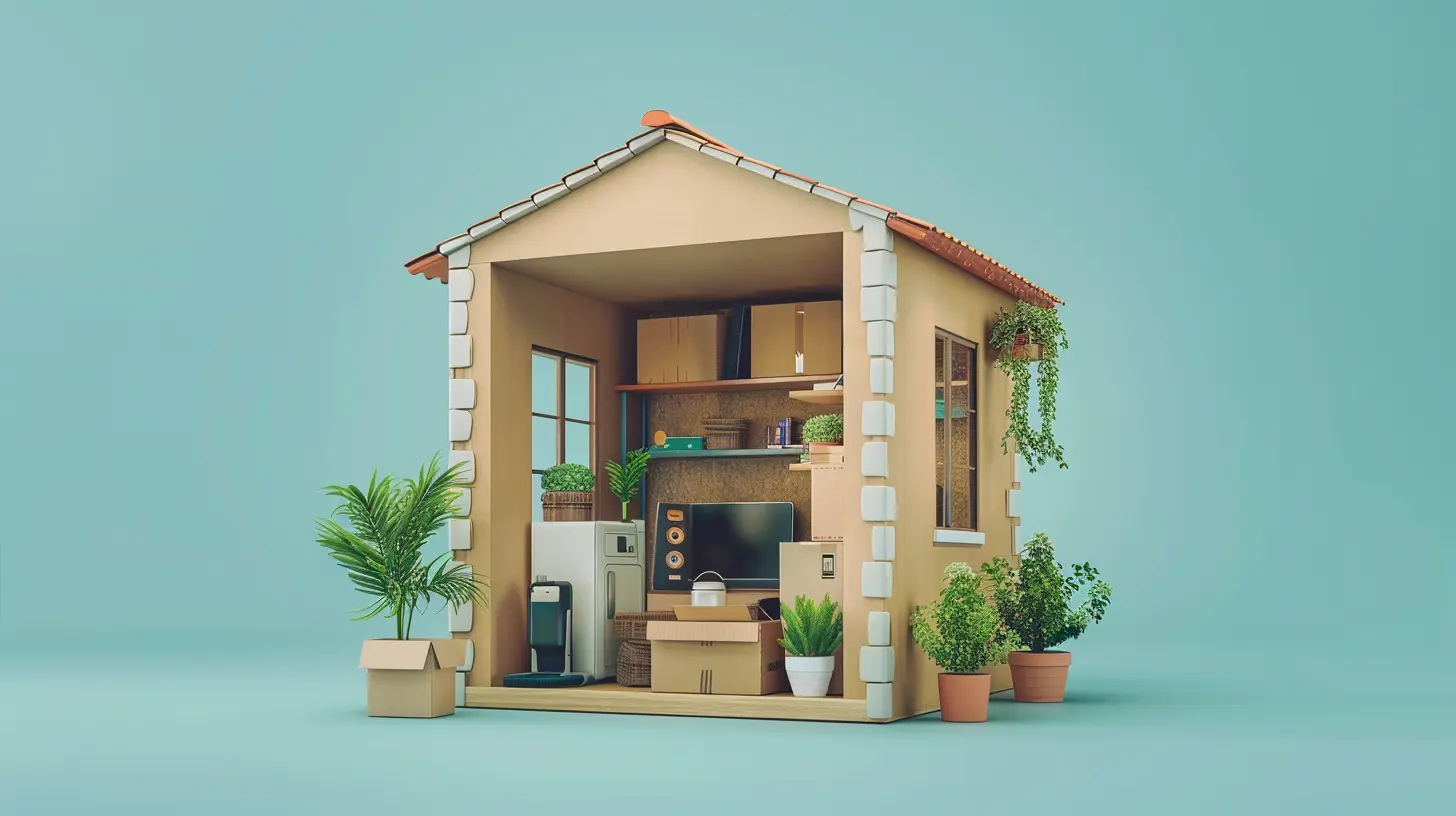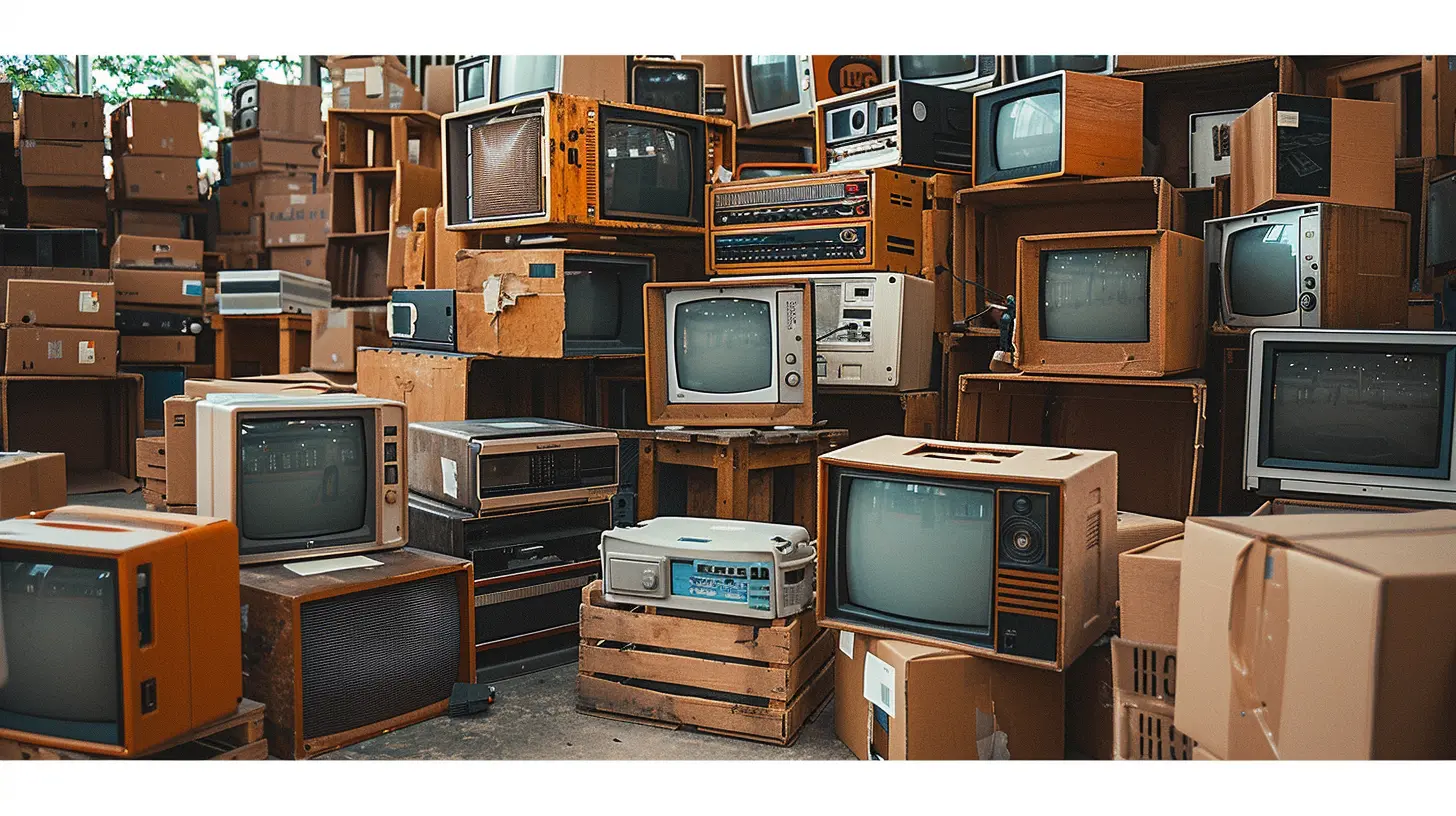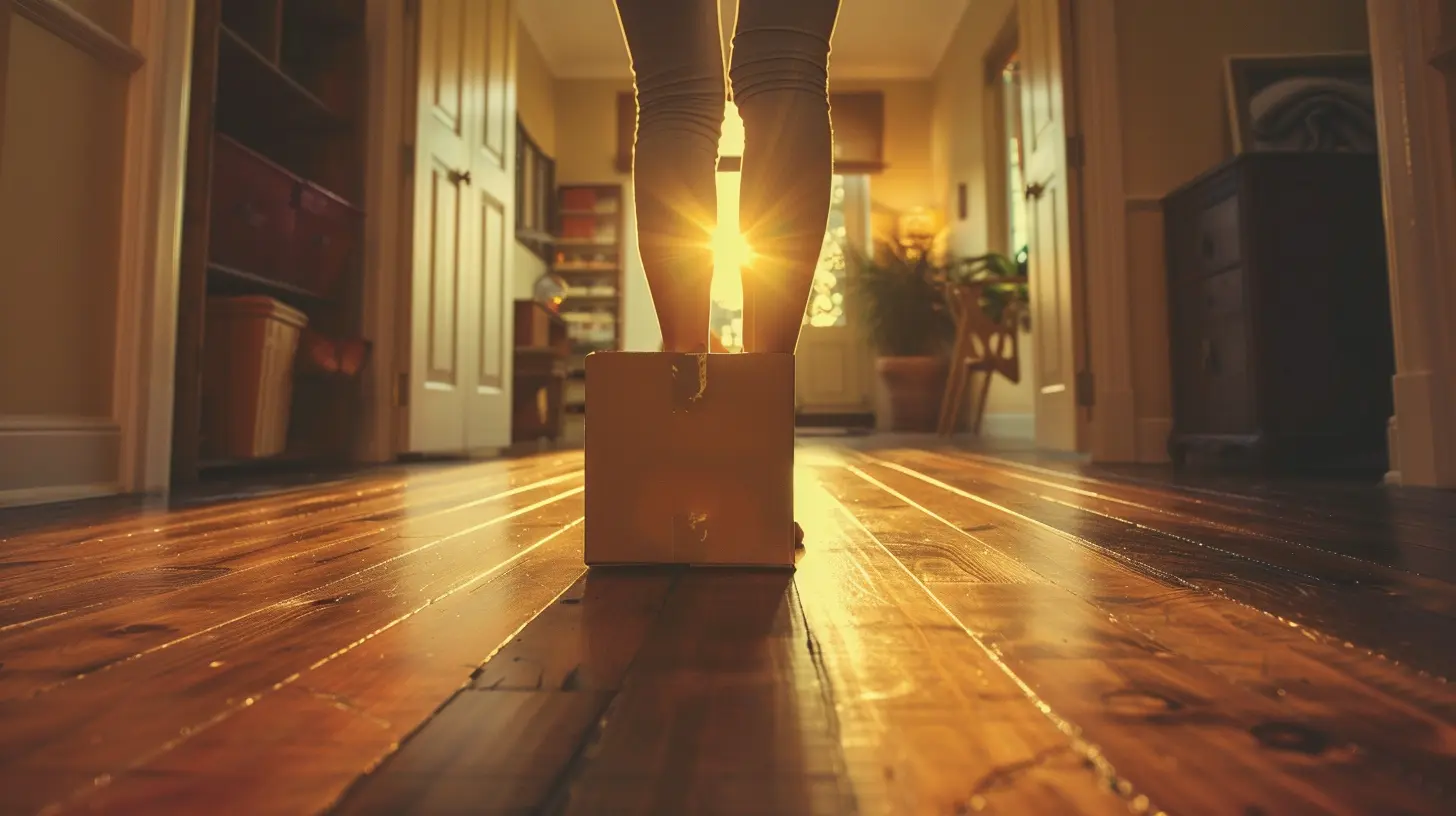Moving with Electronics: How to Prepare and Protect Your Devices
30 June 2025
Moving can be stressful, especially when it comes to packing up your valuable electronics. Whether it's your TV, gaming console, or home office setup, these devices are fragile and expensive, making them a top priority when preparing for a move. The last thing you want is to arrive at your new home only to find your laptop screen shattered or your entertainment system malfunctioning.
So, how do you ensure your electronics are safe and sound during the big move? In this guide, we’ll break down everything you need to know about packing, transporting, and setting up your electronics while minimizing the risk of damage.

Why Proper Packing Matters for Electronics
Electronics are sensitive to shocks, temperature changes, and dust. Unlike furniture, you can’t just wrap them in a blanket and hope for the best. A little effort in properly packing them now can save you from headaches and costly repairs later.Think of your electronics as delicate puzzle pieces—each component needs to be handled with care to ensure it fits together perfectly once you unpack. 
Step 1: Take Inventory of Your Electronics
Before you start throwing things into boxes, take a moment to list your electronics. This will help you keep track of everything and ensure nothing gets lost or left behind.Make a Checklist
Having a checklist can make packing much more organized. Here’s an example of what you might include:- TVs and monitors
- Laptops and desktops
- Gaming consoles
- Printers and scanners
- Speakers and audio equipment
- Cables, chargers, and power strips
- Smart home devices (routers, security cameras, etc.)
Once you have your list, take photos of your setup. This helps when reconnecting everything at your new place, ensuring all wires are plugged into the right spots. 
Step 2: Back Up Your Data
Imagine reaching your new home only to find that your hard drive got corrupted during the move. Yikes! Before unplugging anything, back up all your important data.Ways to back up your files:
- Use an external hard drive to store critical files.
- Upload your data to cloud storage services like Google Drive, Dropbox, or OneDrive.
- If moving a desktop, consider removing the hard drive and transporting it separately for extra security.
This extra step ensures that even if a device gets damaged, your important files remain safe. 
Step 3: Gather the Right Packing Materials
Proper packaging is key to protecting your electronics. You don't need fancy materials—just make sure you use the right ones.Essential Packing Supplies
- Original boxes and packaging materials (if available)- Sturdy moving boxes that fit your devices snugly
- Anti-static bubble wrap (regular bubble wrap can cause static and damage sensitive components)
- Packing paper or soft cloths for padding
- Cable ties or zip ties to keep cords organized
- Packing tape and labels
If you don’t have original packaging, don’t worry! Sturdy boxes with protective padding will work just fine.
Step 4: Disassemble and Organize Cables
Cables are like spaghetti—if you don’t organize them now, you’ll have a tangled mess later. Take a few minutes to neatly roll up your cords and label them.Pro Tips for Organizing Cables
- Label each cord with masking tape so you know what it belongs to.- Use zip ties or Velcro straps to keep them from getting tangled.
- Store cables in a separate bag or box to prevent them from getting lost.
A little organization now will save you a ton of frustration when setting up your electronics in your new home.
Step 5: Properly Pack Each Device
Now that everything is prepped, let’s get into the actual packing process.Packing Small Electronics (Laptops, Tablets, and Gaming Consoles)
1. Shut down and unplug devices.2. Wrap them in anti-static bubble wrap.
3. Place them in a snug box with extra padding.
4. Store accessories (chargers, controllers) separately in labeled bags.
Packing TVs and Monitors
TVs and monitors can be tricky because of their size and fragile screens. Follow these steps to keep them safe:1. If you have the original box, use it. Otherwise, find a box that fits the screen.
2. Wrap the screen in a soft cloth (like a microfiber towel) to prevent scratches.
3. Use foam or bubble wrap to cushion the edges.
4. Keep the TV in an upright position (never lay it flat).
5. Clearly mark the box as "Fragile - This Side Up."
Packing Desktops and Printers
1. Remove any ink cartridges from printers to prevent leaks.2. Use packing paper inside the printer to prevent internal components from shifting.
3. Wrap desktops in bubble wrap and place them in a sturdy box.
4. Secure any loose components, like mouse and keyboard, in a separate bag.
Step 6: Transporting Electronics Safely
How you transport your electronics matters just as much as how you pack them.Best Practices for Moving Electronics
- Keep electronics in your car whenever possible, rather than the moving truck.- Avoid placing them in extreme temperatures (hot cars or chilly moving trucks can damage sensitive parts).
- Stack boxes carefully so nothing heavy sits on top of electronics.
- Use moving blankets or pillows for extra cushioning in the car.
If you're hiring movers, let them know which boxes contain fragile electronics so they handle them with care.
Step 7: Setting Up in Your New Home
You made it! Now it’s time to unpack and set everything up.Tips for Unpacking Electronics
- Start with the essentials—set up your Wi-Fi router first so you can access online setup guides if needed.- Refer to your pre-move photos when reconnecting cables.
- Give devices time to adjust to room temperature before turning them on, especially if they were in cold or hot storage.
- Check for damages immediately and test everything before discarding packing materials.
Once everything is up and running, you can relax and enjoy your new space!
Bonus: Protect Your Electronics in the Long Run
The move might be over, but it’s always a good idea to take steps to extend the life of your electronics.- Use surge protectors to prevent power surges from damaging devices.
- Keep devices clean and dust-free to avoid overheating.
- Store original packaging for future moves or reselling purposes.
Taking care of your electronics now will keep them running smoothly for years to come.
Final Thoughts
Moving with electronics doesn’t have to be a nerve-wracking experience. With a little planning, the right packing materials, and a dose of organization, you can ensure that your gadgets make it to your new home in perfect condition.So, as you prepare for your move, follow these tips to keep your electronics safe, sound, and ready to use the moment you unpack. Happy moving!
all images in this post were generated using AI tools
Category:
Moving TipsAuthor:

Elsa McLaurin
Discussion
rate this article
2 comments
Sofia McGlynn
Oh sure, let's treat our gadgets like royalty—because who doesn’t love a little extra bubble wrap drama?
November 8, 2025 at 4:05 AM
Issac McEachern
Great article! Moving electronics can be tricky, but your tips on packing, protecting devices, and setting up in the new space are invaluable. I appreciate the practical advice for a smooth transition. Thank you!
July 17, 2025 at 3:06 AM

Elsa McLaurin
Thank you so much for your kind words! I'm glad you found the tips helpful for a smooth transition. Happy moving!


